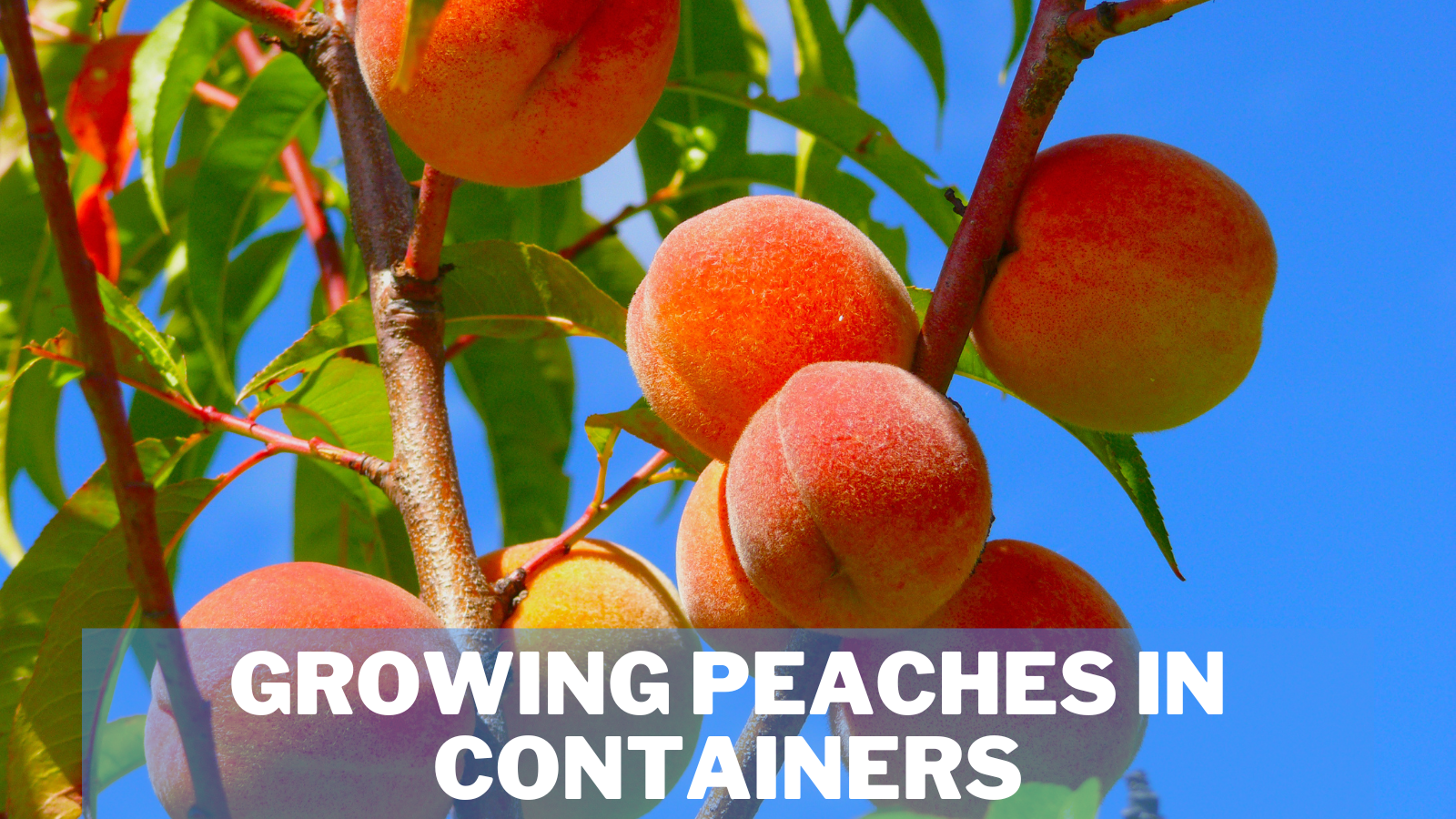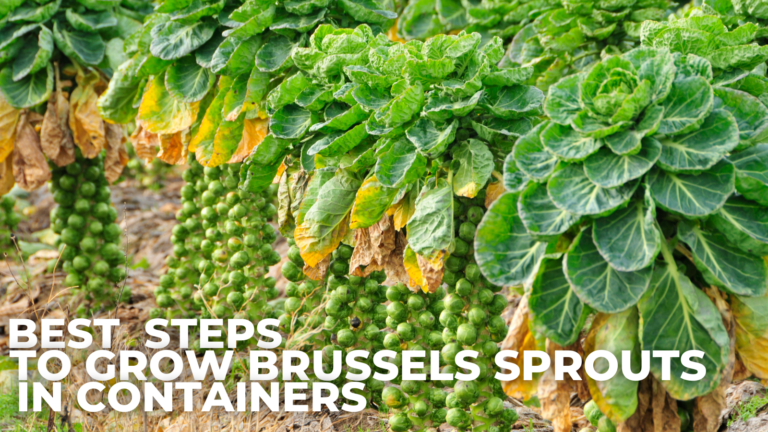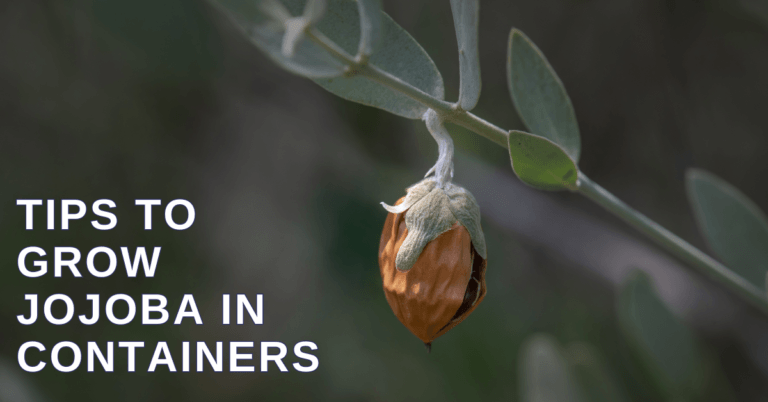9 Easy Steps Of Growing Peaches In Containers
9 Easy Steps Of Growing Peaches In Containers
Peach trees prefer a warm, dry climate similar to the Mediterranean. They also bloom sooner than many fruit trees, making the blossoms more susceptible to frost in many places. Peach trees will thrive in containers for these reasons. The peach cultivated in containers is portable and can be brought inside if frost threatens.
They can also be relocated to the sunniest location. In this article, I'll show you the steps of growing peaches in containers. I’m sharing some of the best varieties of peaches that will help you grow peaches in containers.
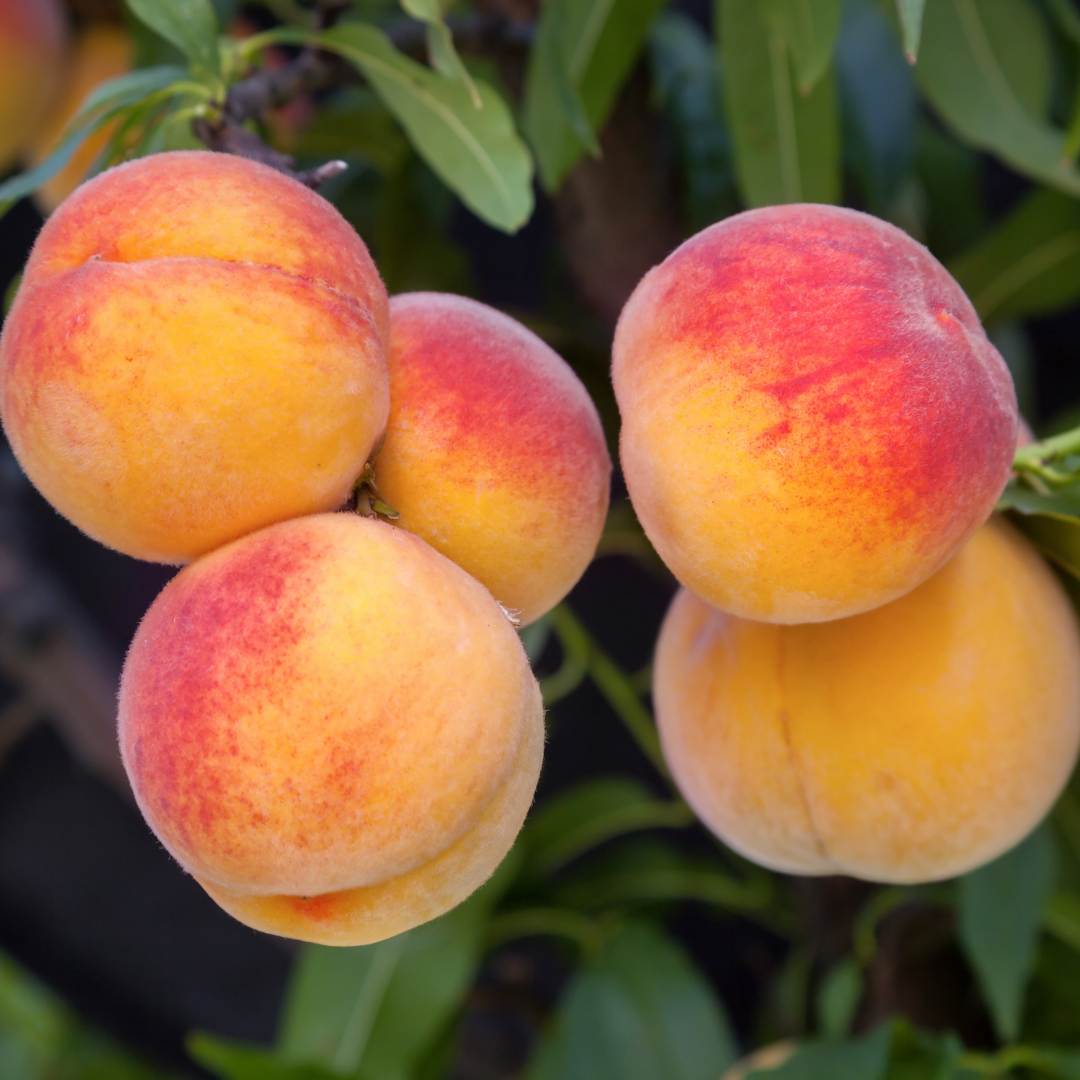
History Of Peaches
Peaches are endemic to northwest China, where they originated. Peaches were initially domesticated in China, according to archaeologists, along the Yangzi River, where they discovered fossilized peach stones dating back to 6000 BC. According to historians, peaches were mentioned in Chinese writings from the 10th century.
The peach blossom was particularly important in Chinese culture, as it was supposed to ward off evil spirits and provide energy. Peach-blossom-carrying soldiers escorted emperors between towns, and each New Year began with peach blossoms hanging on front doors across the county.
China continues to be the world's biggest peach grower. China produces half of the world's peaches, 11 million tons per year, with Italy generating 1.5 tons and the United States producing one ton.
The biological name for the peach is “Prunus persica,” which means “Present from Persia” in Latin, referring to the Peach's Persian introduction to the Romans. Alexander the Great brought peach seeds to Europe after conquering Persia, bringing the fruit to Spain and France for the first time.
Spanish explorers introduced the first peaches to South America in the 16th century; from there, the peach made its way to England, where it became a rare and cherished delicacy. After supper, Queen Victoria's favourite indulgence was a fresh peach, according to legend.
George Minifie, an English colonist in Virginia, planted the first peach tree in the early 17th century. The first peach tree in North America is supposed to have been planted here.
Thomas Jefferson planted peach trees at his Monticello estate in 1768, but peaches were not commercially farmed in the United States for another 100 years. Farmers in Maryland, Delaware, Georgia, and Virginia were the first to raise them for sale.
Peach Nutrition Facts
One small peach (130g; 2.5in diameter) provides:
- Calories: 51
- Carbohydrates: 12.4 g
- Vitamin A: 20.8 mcg
- Sugars: 10.9 g
- Sodium: 0 mg
- Protein: 1.2g
- Fiber: 1.9g
- Fat: 0.3g
- Vitamin C: 17% of the Daily Value (DV)
- Vitamin A: 10% of the DV
- Potassium: 8% of the DV
- Niacin: 6% of the DV
- Vitamin E: 5% of the DV
- Vitamin K: 5% of the DV
- Copper: 5% of the DV
- Manganese: 5% of the DV
Health Benefits of Peaches
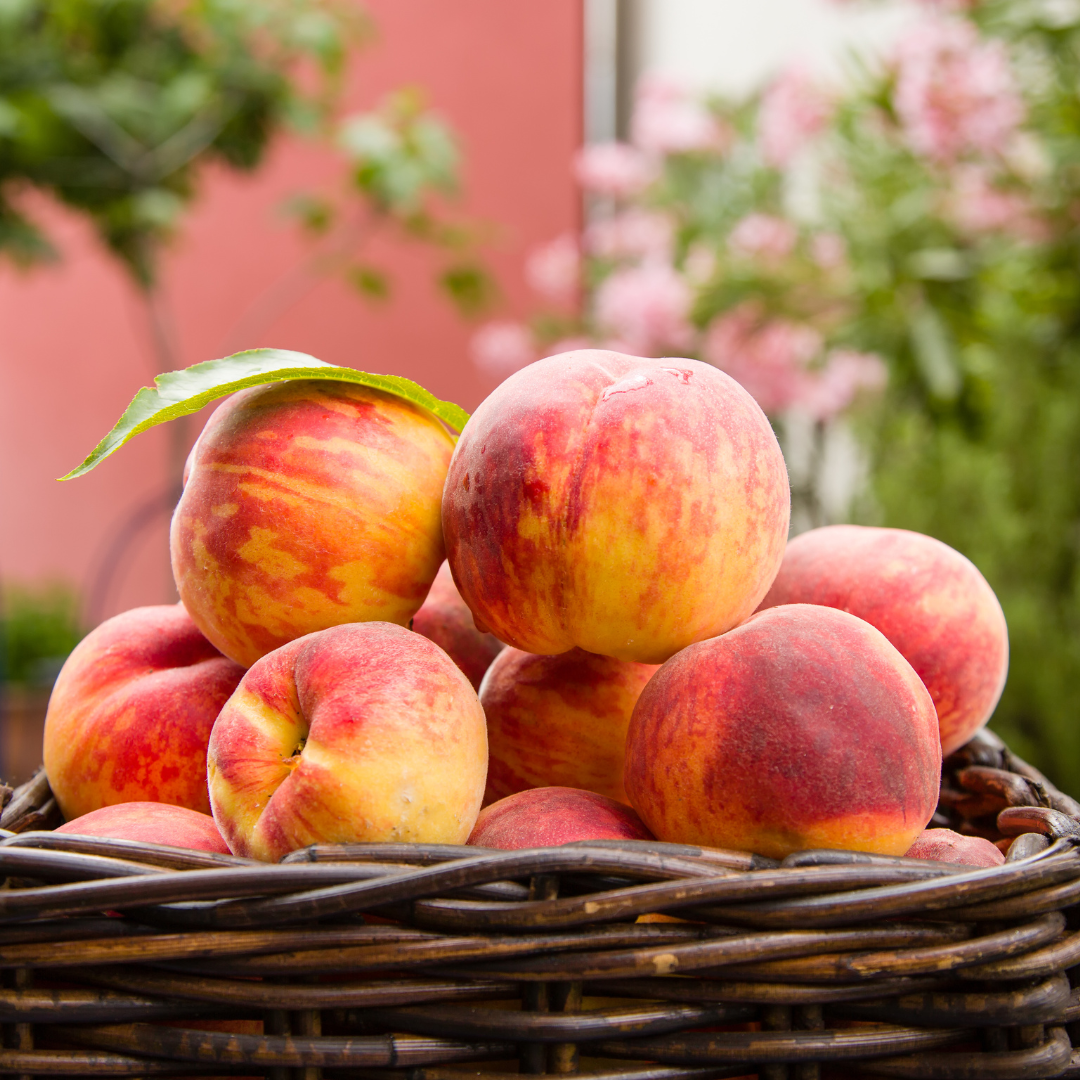
1. Aid Digestion
Peaches are high in fiber, which aids digestion and reduces the risk of gastrointestinal issues. Peach flowers also contain several chemicals that appear to help maintain digestive health.
2. Improve Heart Health
Peaches have chemicals that may help lower heart disease risks factors such as high blood pressure, triglyceride, and cholesterol levels. However, further human research is required.
3. Take Care Of Your Skin
Peaches may offer anti-inflammatory properties that help to keep your skin healthy. Compounds in peaches have been shown in test tubes to improve your skin's ability to retain moisture, enhancing skin texture.
Furthermore, both test-tube and animal studies demonstrate that peach flower or flesh extracts applied directly to the skin can help prevent UV damage.
In mice, peach blossom extracts were also proven to slow the growth of skin cancers. However, the further human study is required before any conclusions can be reached.
4. Certain Cancers Can Be Prevented
Peach compounds may protect against cancer by inhibiting malignant cell creation, growth, and spread. More research is needed, however, to establish these benefits.

5. Allergy Symptoms Can Be Reduced
Peaches may help to alleviate allergy symptoms. When your immune system is exposed to an allergen, histamines are produced, which help your body rid itself of the allergen.
Histamines are chemicals produced by the body's defence system that cause allergy symptoms such as sneezing, itching, and coughing.
Peaches have been demonstrated in trials to help with allergy symptoms by preventing histamines from entering the bloodstream. According to test-tube research, peach extracts may also be useful in reducing the inflammation found in allergic reactions. More research is needed, however, to evaluate the intensity of these effects in allergy sufferers.
6. Aids In The Treatment Of Obesity-Related Diseases
According to certain studies, bioactive chemicals found in peaches (as well as plums and nectarines) may help to prevent obesity-related diabetes and heart disease.
These fruits' anthocyanins, chlorogenic acids, quercetin derivatives, and catechins (all antioxidants) are thought to work together to lower LDL or “bad” cholesterol, obesity, and inflammation linked to metabolic syndrome, according to researchers.
Varieties Of Peaches
Peaches (Prunus persica) come in over 300 variations in the United States and over 2,000 types worldwide, even though the fruit is native to China. There are three types of peaches: freestone, clingstone, and semi-freestone.
1. Elberta Sweet Peach
This is undoubtedly one of the sweetest and largest yellow-fleshed peaches available. The flesh is golden yellow, has a firm texture, and has a delicious flavour with little acidity.
Because it's a freestone-type peach, the skin is a yellow tint with a slightly red hue, and it's great for baking or canning. As the trees develop, they will produce baseball-sized fruits and are also self-fertile.
2. Golden Glory Peach
This peach tree is available in a dwarf version for growing peaches in containers. The variety is very popular. Even though it grows on a tiny tree, the peaches are larger. Every dwarf peach tree that has it produces some of the largest peaches. This is a lovely freestone peach with a sweet flavour. As an added plus, because the trees are smaller, they may be grown in containers on balconies or patios without running out of space.
3. Babcock Peach
Babcock peaches are semi-freestone peaches that are white and come in medium or small sizes. You'll receive a moderate tart flavour with undertones of sweetness when you eat them. This is one of the most popular types of peach trees to try to grow in California and along the West Coast.
4. Cresthaven Peach
This peach is firm and golden, with a sweet flavour that has an acidic undertone. They have deeper red skin and greater size, and they are classified as freestones.
Because of their tough skin, they are resistant to browning, making them ideal for baking, canning, and making peach cobbler. This peach will thrive in zones five to nine if you reside in a planting zone with colder winters.
5. Beauty Of The Snow Peach
Snow Beauty peach cultivars are among the best-tasting freestone white peaches on the market. It has low acid and high sugar content, making it extremely sweet. The award-winning sweet flavour comes from the silver-white flesh, and the larger peaches have rich red skin that contrasts sharply with the white flesh tone.
6. Fairhaven Peach
Fairhaven peaches are spherical, golden, and freestone, with a firm exterior and a good flavour. They have reddish-yellow skin that is slightly fuzzy. Because of the lack of browning and the hard skin, this is a wonderful peach for freezing, baking, and canning.
7. Veteran Peach
The veteran peach is a freestone peach with yellow skin and tender yellow flesh. It's not the greatest one to eat fresh because it tastes better when added to baked items or canned with it. It can be grown in zones 5 to 8 and is exceptionally cold-hardy. This peach also produces a huge number of peaches per tree.
8. Sunhigh Peach
This is the fruit to choose if you want to can peaches. You'll get an oval-shaped fruit with a huge pit, and the flesh will peel away from the pit. Bright red peel, delicious yellow meat, and a well-rounded flavour profile are the distinguishing qualities of this peach cultivar. Because it's on the sweeter side, you may eat this peach fresh.
9. Sun Paradise Peach
This is another sweet peach variety with a beautiful golden-yellow flesh colour. It's a rich-flavoured clingstone peach with a delicate texture. Because the solid flesh resists browning, it's a great ingredient in baked foods and pies. It has brilliant red skin and grows bigger near the end of the season, just before harvest.
10. The Red Globe Peach
This peach species is a very large freestone variety with hard but delicious flesh that is highly juicy, as the name suggests. You'll usually receive a golden yellow flesh with a dazzling sheen and fuzzy red skin. Peaches can reach the size of a baseball. Because they're freestone peaches, they're great for baking, freezing, canning, eating fresh, and creating ice cream.
Steps Of Growing Peaches In Containers
Follow these steps Of growing peaches in containers if you’re a small space owner.
1. Choose The Perfect Container
Use a five-gallon pot if you're planting a smaller dwarf like the Golden Glory. Use a larger 15-gallon container for a larger variety, such as Red Haven. Make sure there are plenty of drain holes in the container. Place the container on a tray and fill it with several inches of gravel or stones to allow water to drain more efficiently and keep the peach tree roots out of standing water.
2. Location
The tree should be planted in a location that receives full sun throughout the day for the best fruit output. The morning light is especially important since it aids in drying morning dew from the fruit.
Choose a site with slightly fertile, well-drained soil. Peach trees do not grow in areas where the soil is constantly compacted or wet. The soil pH should be somewhat acidic, ranging between 6 and 6.5. Planting peaches in low-lying places allow cold air and frost to settle more quickly, lowering the quality of your peaches.
Planting a container-grown peach tree in early spring gives it the entire growing season to adjust to the environment before winter.
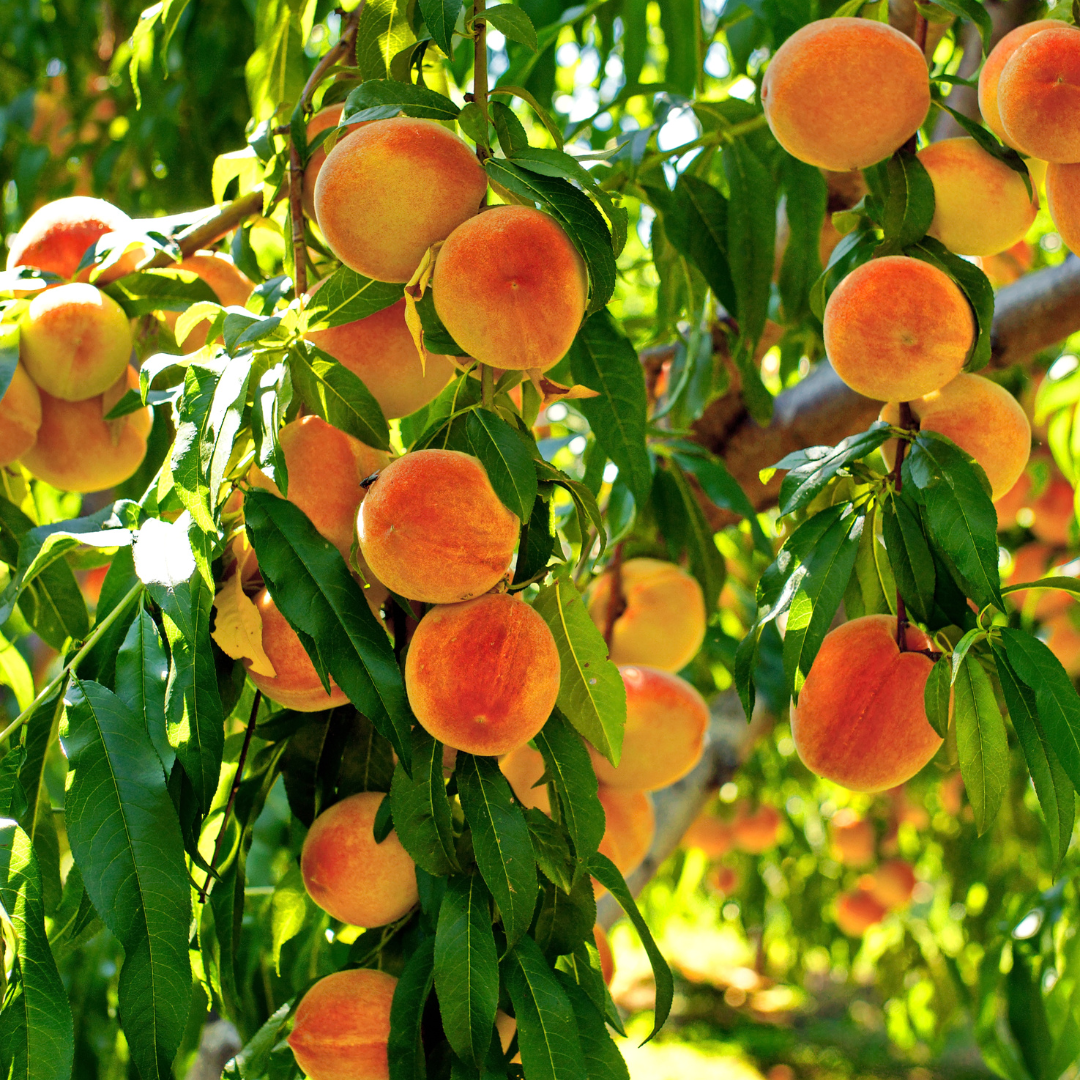
3. Planting Peach Trees
Dig a hole a few inches deeper and wider than the root system's spread. Place the tree in the middle of the hole, on top of a small mound of soil. Ensure the roots are spread away from the stem and not bent too much.
Remove the plant from its pot and any circling roots by laying the root ball on its side and cutting through the troublesome roots using clean shears for container-grown trees. (Keep root pruning to a bare minimum.)
When planting grafted trees, place the inside of the curve of the graft union away from the sun.
4. Watering
Watering is another important step for growing peaches in containers. For your new peach tree, the first year is crucial. Because it hasn't had time to establish itself, it isn't as sturdy as an older tree.
Water the tree twice a week in light soil and once a week in clay soil to keep it from dying. Ensure to soak the root system thoroughly, which should take about 10-20 minutes. Peach plants require at least one inch of water weekly for optimal development and yield. Water is needed during dry spells.
Fruit may drop prematurely if not properly hydrated during dry seasons. Clear at least 4 feet around the peach tree of grass and weeds to reduce water competition. A mature peach tree needs roughly 36 inches of water per year. During July and August, a mature peach tree requires approximately 35 to 40 gallons per day under normal conditions.
5. Fertilizer
Peach trees do not bear fruit for the first two years after planting. They require less fertilizer than mature fruit-bearing trees. Visual markers of nutrient insufficiency include leaf yellowing and stunted development. Before planting, conduct a soil test to determine soil characteristics such as pH that could lead to nutrient deficits.
The two nutrients found in larger concentrations in fruits, nitrogen (N) and potassium (K), are largely required by mature peach trees. Phosphorus promotes root formation and is necessary for the growth of young trees.
When Should A Peach Tree Be Fertilized
- Fertilize three times a year in USDA Zones 8-9: late February, late May, and late July/early August.
- Fertilize 1x a year in March or after the buds break in USDA Zones 6-7: Fertilize 1x year in March or after the buds break in USDA Zones 6-7: Fertilize 1x a year in March.
- Never fertilize after August since this can cause new growth to begin too late in the year, resulting in frost damage.
6. Temperature
Peaches thrive in USDA growing zones 5-8 and prefer warm weather. You can, however, expand the growth zone to include zones 4 and 9 by choosing cold- and heat-tolerant varieties.
Peaches must be cooled for at least 600 hours at 45°F or lower to begin fruiting. Tree damage can occur when temperatures drop below zero for a lengthy period. Peaches can tolerate high humidity, but too much moisture might lead to fungal infection.
7. Pruning
It may seem unusual to prune healthy branches from a large, bushy peach tree, but correct pruning is essential for controlling fruit size and ensuring that fruit-bearing branches receive enough light.
When pruning a peach tree, the branches should be pruned in a herringbone pattern with an open center, similar to a vase. In July, prune the tree's center, eliminating upright shoots that shade fruiting branches. After trimming, the light that reaches these fruiting branches is critical for forming flower buds for the following season.
8. Propagating
To propagate a non-grafted tree, softwood cuttings are the most practical method. Take a nine-inch cutting in the spring when the growth is tender and green. Dip the cutting in the rooting hormone before planting it in sterile potting media and keeping it moist. Roots should appear in approximately a month.
9. Harvesting
It's critical to harvest your peaches at the correct time if you want them to have a sweet, full flavour. Harvesting time varies by peach type, although peaches are the ripest from late June through August.
Look at the colour of your peaches to see if they're ready to pick; if the outer shell is completely devoid of any green hue, they're ripe. Pick one for the most conclusive test and taste it before harvesting the rest of your crop.
Pests & Diseases Of Peach Trees
The most prevalent peach tree pest is the peachtree borer. This clearwing moth, which resembles a wasp, deposits its eggs on tree bark in the fall. The grubs hatch and burrow into the trunk, eating the trunk and the roots. Look for a jelly-like sap around the entrance hole and impale grubs with a wire.
In terms of diseases, a fungus can cause peach tree leaf curl, which causes the leaves to darken and deform. Apply a copper-based fungicide in late fall or early spring to prevent and control this condition.
Storage
If your peaches are hard when you buy them, set them out on the counter to soften for two to three days at room temperature. Place them in a paper bag with an apple to hasten the ripening process. Put them in the fridge when they're ripe.
Peaches will not ripen further once refrigerated; eat within two or three days. It's best not to wash peaches until they're ready to eat.
Conclusion
I hope all info will help you with Growing Peaches in Containers. If you have any issues or questions, feel free to comment here.
I trust you enjoyed this article on the 9 Easy Steps Of Growing Peaches In Containers. Please stay tuned for more blog posts to come shortly. Take care!
JeannetteZ
>>>Please click here to read my all-inclusive article about Container Gardening<<<
Are you interested in homegrown herbs and medicine? Please click here to find out more about it!
Your Opinion Is Important To Me
Thoughts? Ideas? Questions? I would love to hear from you. Please leave me your questions, experience, and remarks about this article on the 9 Easy Steps Of Growing Peaches In Containers in the comments section below. You can also reach me by email at Jeannette@Close-To-Nature.org.
Disclosure
This post may contain affiliate links. I earn from qualifying purchases as an Amazon Associate and other affiliate programs. Read my full affiliate disclosure.
You might also enjoy these blog posts:
Easy Ways To Grow Pineapple On A Balcony
8 Easy Steps To Growing Kale In Containers
9 Easy Steps To Growing Lettuce In Containers
How To Grow Carrots In Containers
Top Reasons Why You Need A Dog In Your Life

